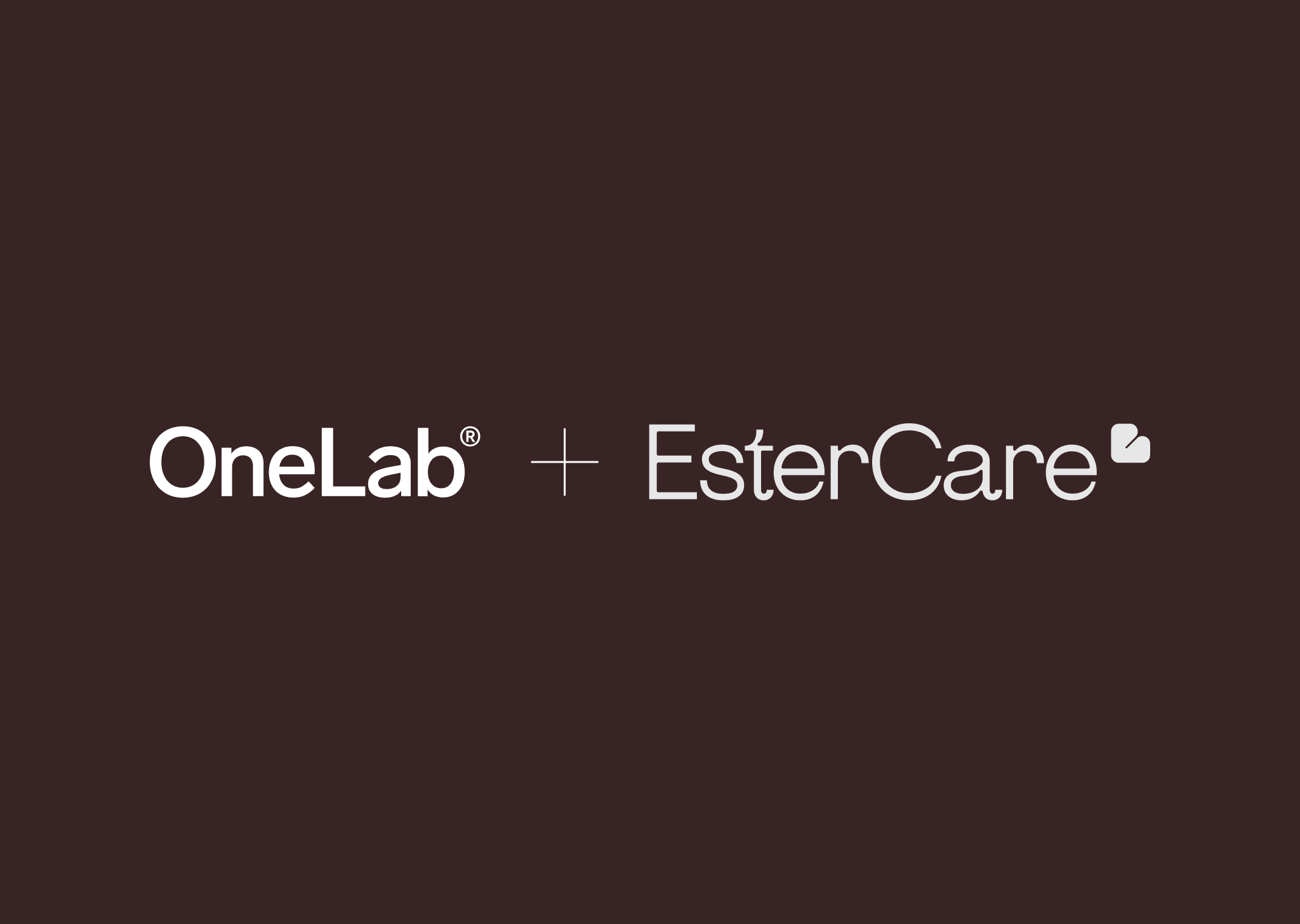The Employee Net Promoter Score (eNPS) is an effective tool for measuring employee loyalty and engagement in the workplace. It is based on the Net Promoter Score (NPS), one of the most popular metrics for measuring customer loyalty. By adapting NPS to assess the employee experience, eNPS has become a key performance indicator for companies looking to understand and improve their work environment. Today, eNPS surveys are used by all Fortune 500 companies, and eNPS has become a global standard.
What is eNPS?
eNPS (Employee Net Promoter Score) is a measurement of employee engagement and loyalty, based on a simple question: “On a scale of 0-10, how likely are you to recommend our company as an employer?” Depending on the score, employees are categorized into three groups:
- Promoters (9-10): These employees are loyal, engaged, and satisfied with their workplace. They speak positively about the company and contribute to a strong employer brand.
- Passives (7-8): These employees are content but not engaged enough to actively recommend the company. They are more likely to be attracted by offers from other companies.
- Detractors (0-6): These employees are dissatisfied and may spread negative feedback about the company.
To calculate eNPS, the percentage of detractors is subtracted from the percentage of promoters. The score can range from -100 to 100, with scores between 0-20 considered good, 20-50 very good, and scores above 50 being excellent.

Why eNPS matters
eNPS is a simple and powerful way to quickly gain an overview of employee loyalty and engagement in real time. There are several advantages to using eNPS:
- Ease of use: The eNPS question is easy to distribute, answer, and analyze. It provides a quick snapshot of employee loyalty and engagement, in real time.
- Track employee engagement over time: eNPS is perfect for measuring and comparing employee experience over time.
- Benchmarking: eNPS makes it easy to compare your standing as an employer against other companies.
- Boost engagement: By understanding how your employees feel, you can gather the insights needed to keep them engaged and motivated.
What are the limitations of eNPS?
The simplicity of eNPS can also be seen as a limitation. It provides an overview of how employees perceive their workplace, but not why. Therefore, it is important to include the eNPS question as part of a more comprehensive employee survey, with additional questions to understand the context and gather actionable insights.
In conclusion
eNPS is a simple yet powerful tool for measuring employee loyalty and engagement in the workplace. By asking a single question about how likely employees are to recommend their employer, companies can quickly gain an overview of their employees’ experiences. While eNPS offers clear benefits, such as real-time insights and easy benchmarking, it should be complemented with deeper surveys to understand the underlying reasons behind employees’ feelings. This provides a more complete picture of the work environment and enables better actions to strengthen engagement.


